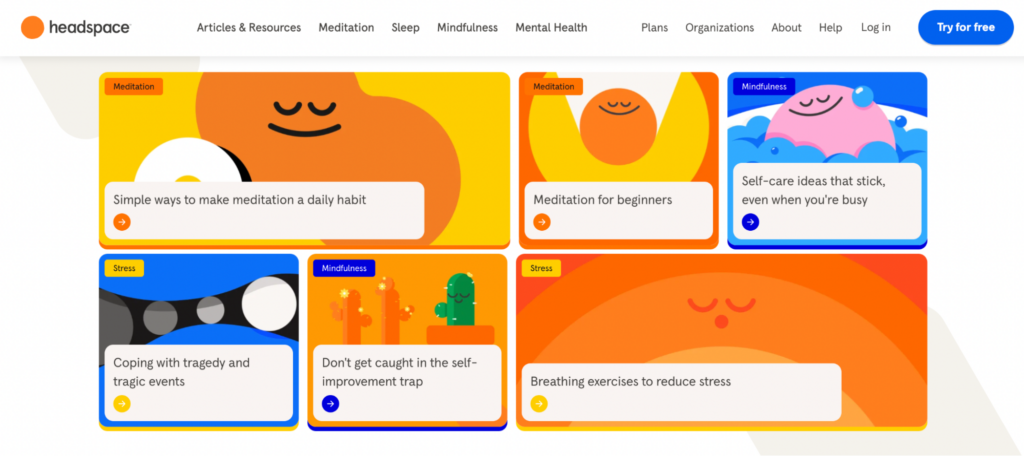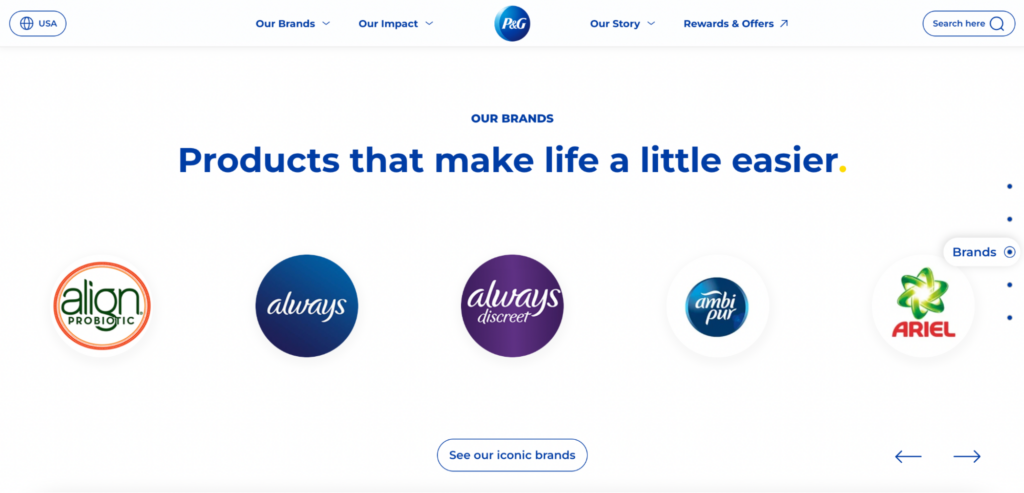
Lessons from a Charter School Rebrand: 5 Tips for Reaching Nonprofit Audiences
John Muir Charter Schools (JMCS) are a lot like their students – bold, vibrant, and unconventional. Our team had the honor of translating that brilliance into a refreshed brand we’re really proud of. As the Friday and JMCS teams reflected on keys to the project’s success, a clear theme emerged: We didn’t just color brand best practices by number; we used our collective expertise to tailor them to JMCS’ unique context as a nonprofit, a charter school, and a vestige of hope for students seeking an alternative to the traditional education system.
5 Branding Best Practices for Nonprofits
The Best Practice: Center a simple yet powerful idea, and reflect it everywhere.

The Nonprofit Nuance: Lead with an asset-based message grounded in an equity-focused understanding of audience experiences.

Nike is a household name with a tagline many can repeat from memory. At only three words, “Just Do It” is easy to remember. But when you combine those words with years of consistent marketing efforts showcasing the stories of athletes who didn’t let anything get in their way, it becomes more than just memorable — it becomes a representation of possibility, grit, and determination.
Nonprofits often struggle to land on their version of “Just Do It” because they typically prioritize accuracy over inspiration, try to speak to multiple audiences at once, lack the marketing budget to become a household name, and hold themselves accountable, rightly so, to navigating systems of inequity with greater care than their for-profit counterparts.
For JMCS, we landed on “High School That Conforms to You.” We started our creative process by having in-depth conversations with JMCS students and staff, knowing that we’d resonate with our other audiences if we resonated with students. Their feedback helped us hold prospective students in the rebellious warmth of the JMCS community and reinforce the message that the students are never the problem. From the logo’s street art vibe to the vibrant use of color, our team then intentionally reflected this ethos throughout the entire JMCS brand.
The Best Practice: People remember buckets, not lists. Lead with the buckets, then fill them in.

The Nonprofit Nuance: Don’t stop at bucketing your programs; bucket the benefits of your approach as well.

It’s common for for-profit brands, especially technology brands like HubSpot, to carefully bucket their products into discrete offerings aligned to specific customer needs. For nonprofits with numerous program offerings this is also a critical activity that requires careful consideration of how those you serve think about your offerings rather than how you or your funders organize the work internally.
Since JMCS essentially offers only one “product”—free alternative high school—we focused our bucketing efforts on distilling the value of their approach. Pulling from strategic plans, student interviews, and exercises with the JMCS team, we defined four distinct elements of their approach that add value to students, are consistent across all of their school sites, and can be backed up with specific practices.
The Best Practice: Build a design system that goes beyond logo, fonts, and colors to support consistency, flexibility, and memorability.

The Nonprofit Nuance: Be mindful of your team’s capacity to execute on brand elements, keeping illustrations and complex photo editing to a minimum if you don’t have a designer on staff.

When we first engaged with the JMCS team, their brand consisted of a logo, a font, and essentially one primary color. With little else to work with, their website and marketing materials were less than memorable and were often inconsistently designed. Contrast that with the Headspace brand, which creatively morphs the circle in their logo into bright and playful illustrations, and you can see the value of creating a more robust visual brand system.
Unlike Headspace, however, the JMCS team doesn’t have a professional designer on staff or the budget required to consistently hire a design firm to execute all their materials. Many of our clients are in the same position, so our team has become adept at creating visual systems and easy-to-edit templates that require minimal design expertise to replicate. For JMCS, we developed reusable icons, created consistency in photography through simple color overlays, and designed a line system non-designers could replicate through a folder of ready-to-go PNGs.
The Best Practice: Use customer testimonials to add validity to your product.

The Nonprofit Nuance: Strategically use stories to force a reassessment of internal narratives.

For many for-profit companies, the only storytelling needed is a testimonial from a customer saying what they like about your product and why. Of course, there’s more strategy to it than that: product marketers must consider which features of a product to highlight, who will be considered trustworthy by their audiences, and how to present the testimonial in the most eye-catching way.
Nonprofits, however, must be even more strategic with their storytelling. Stories have the potential to build emotional connection and offer tangible examples that challenge internal narratives getting in the way of action. And for nonprofits, these internal narratives are often more internalized and complex than pain points you’re hoping a product can address.
For JMCS’ students, the internal narratives we were seeking to break through included students placing limits on the possibilities for their futures and potential partners questioning whether JMCS students were even capable of success. The home page headline, “High School that Conforms to You. Not the Other Way Around,” was designed to pierce holes in these deeply held beliefs so users were receptive to a new truth by the time they reached the testimonials section of the page. We intentionally chose testimonials from alumni that painted a picture of possibility, pride, confidence, and dignity–not the details of class schedules, support services, or academic policies.
The Best Practice: Tailor messages to your different audiences, creating separate experiences–or even entire brands–if needed.

The Nonprofit Nuance: Unite audiences around a shared vision, then create a way for them to self-select into journeys tailored for them.

Procter & Gamble is the prime example of a multi-brand strategy. Rather than selling multiple product lines under one brand, they invest in brands carefully designed to capture specific market segments. The Procter & Gamble brand and website are strictly used to communicate with investors, partners, and suppliers. For many nonprofits, creating separate brands for different audiences isn’t feasible or strategic. Not only is maintaining multiple brands costly, it can also counteract efforts to foster community across lines of difference and distance funders and partners from the vision they’re eager to help make a reality.
While this was certainly the case for JMCS, it was still critical that we find a way to present tailored messages to each of their distinct audiences. To do so, we developed landing pages for each audience and linked those directly from the website’s utility navigation as simple calls to actions: Enroll, Partner, Refer, Advocate. For those less familiar with JMCS, we used the hero section of the home page to unite our audiences around a vision for a more inclusive school experience before presenting them with a dropdown allowing them to jump to the page most relevant to them. By phrasing the choices as answers to the statement “I want to:” we were able to create distinct journeys for each audience while also nodding to the benefits JMCS offers (e.g. Get my diploma while working).
–
Considering a rebrand? Schedule a free one-hour consultation with the Friday team.







